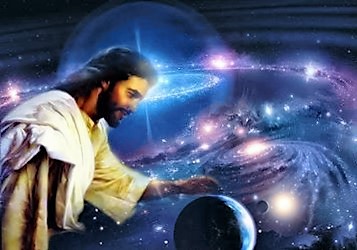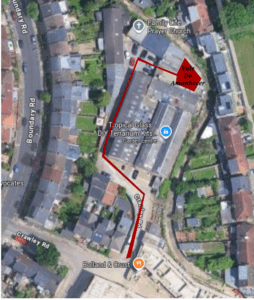The profound connection between the Earth and the cosmos is beautifully encapsulated in the Lord’s Prayer: “On Earth as it is in Heaven.” This principle, central to the Doctrine of Dawn, reflects a fundamental concept: the microcosm mirrors the macrocosm. Understanding this analogy opens up fascinating insights into both the universe and our place within it.
The Cosmic Analogy: Atomic and Astronomical Systems
In essence, the structure of the cosmos follows the same principles that govern atomic systems. Just as atoms are composed of anions, neutrons, and cations, so too are celestial bodies and the universe at large. This analogy provides a framework for understanding the relationships and dynamics within the universe.
- Anion, Neutron, and Cation Regions:
- Anion: In atomic terms, anions are negatively charged particles. In the cosmic context, this corresponds to the spiritual realm—an intangible, energetic plane.
- Neutron: Neutrons are neutral particles in atoms. Analogously, in the universe, the neutron region represents the animic world, a zone of balance and equilibrium.
- Cation: Cations are positively charged particles. This parallels the physical world or the material plane, where physical laws and matter exist.
Interplanetary Relationships and Cosmic Zones
The universe operates through a system of interplanetary relationships governed by these three zones. Each celestial body has its own anion, neutron, and cation zones, defining its spiritual, animic, and physical aspects respectively. This structure helps explain the autonomy of each cosmic unit and the lack of physical interaction between distant astronomical bodies.
Neutron Barrier: A Key Concept
The neutron barrier represents a boundary between different planes of existence. If the neutron were to be eliminated, anions and cations would disintegrate one another, disrupting the balance between the spiritual and physical worlds. This barrier maintains the integrity of each zone, ensuring that physical particles from one world cannot easily penetrate another without undergoing a transformation.
The Earth: A Microcosm of Cosmic Principles
Applying these principles to Earth, we recognize that our planet operates under similar cosmic rules:
- Spiritual, Animic, and Physical Worlds: Earth encompasses a spiritual world (anion), an animic world (neutron), and a physical world (cation). Each realm has its own set of laws and influences, regulated by the neutron zone.
- Disintegration and Reintegration: Meteors and meteorites, if originating from other celestial bodies, undergo disintegration and reintegration as they enter Earth’s neutron zone. Their physical and chemical composition adjusts to align with Earth’s physical laws. Alternatively, they could be fragments of Earth that break off, travel through space, and return to their original form.
The Law of Conservation of Matter
Despite the complex processes of disintegration and reintegration, the Law of Conservation of Matter remains intact. Extraterrestrial beings that have visited Earth did so through these principles, adapting their physical forms to fit Earth’s physical laws. These beings, while distinct in their origins, conformed to Earth’s physical conditions upon arrival.
Conclusion: Cosmic Harmony and Human Understanding
The Doctrine of Dawn’s exploration of the cosmos reveals a universe governed by consistent principles across scales, from the atomic to the astronomical. By understanding the interplay of anion, neutron, and cation regions, we gain insight into the nature of interplanetary relationships and the structure of existence itself.
This cosmic perspective not only enhances our comprehension of the universe but also underscores our intrinsic connection to it. As we continue to explore these principles, we deepen our understanding of our place within the grand cosmic tapestry and the profound harmony that binds the microcosm to the macrocosm.


No responses yet